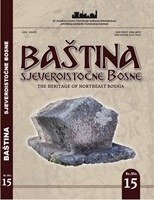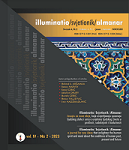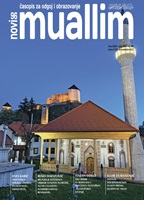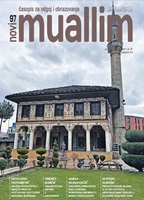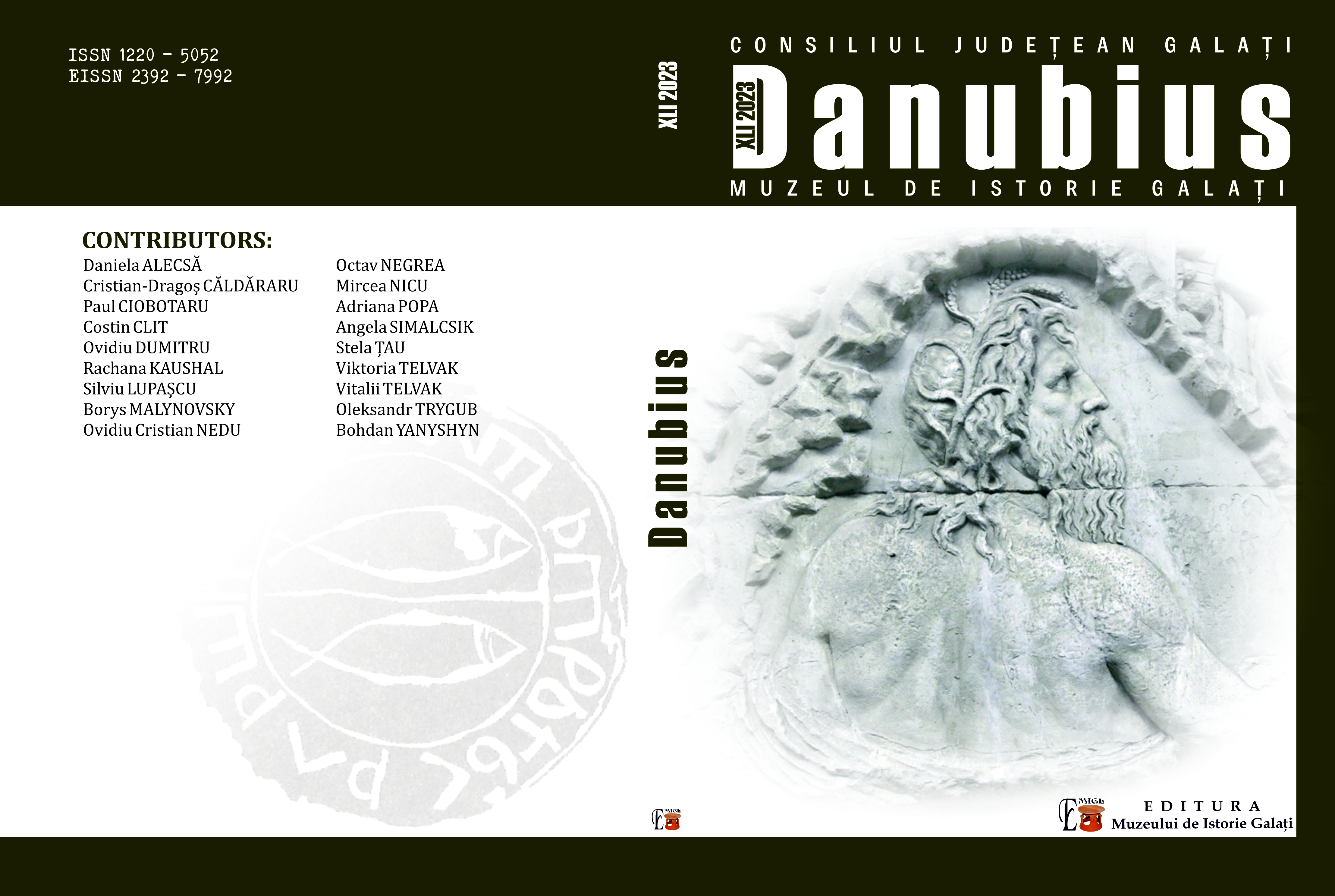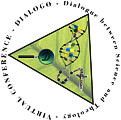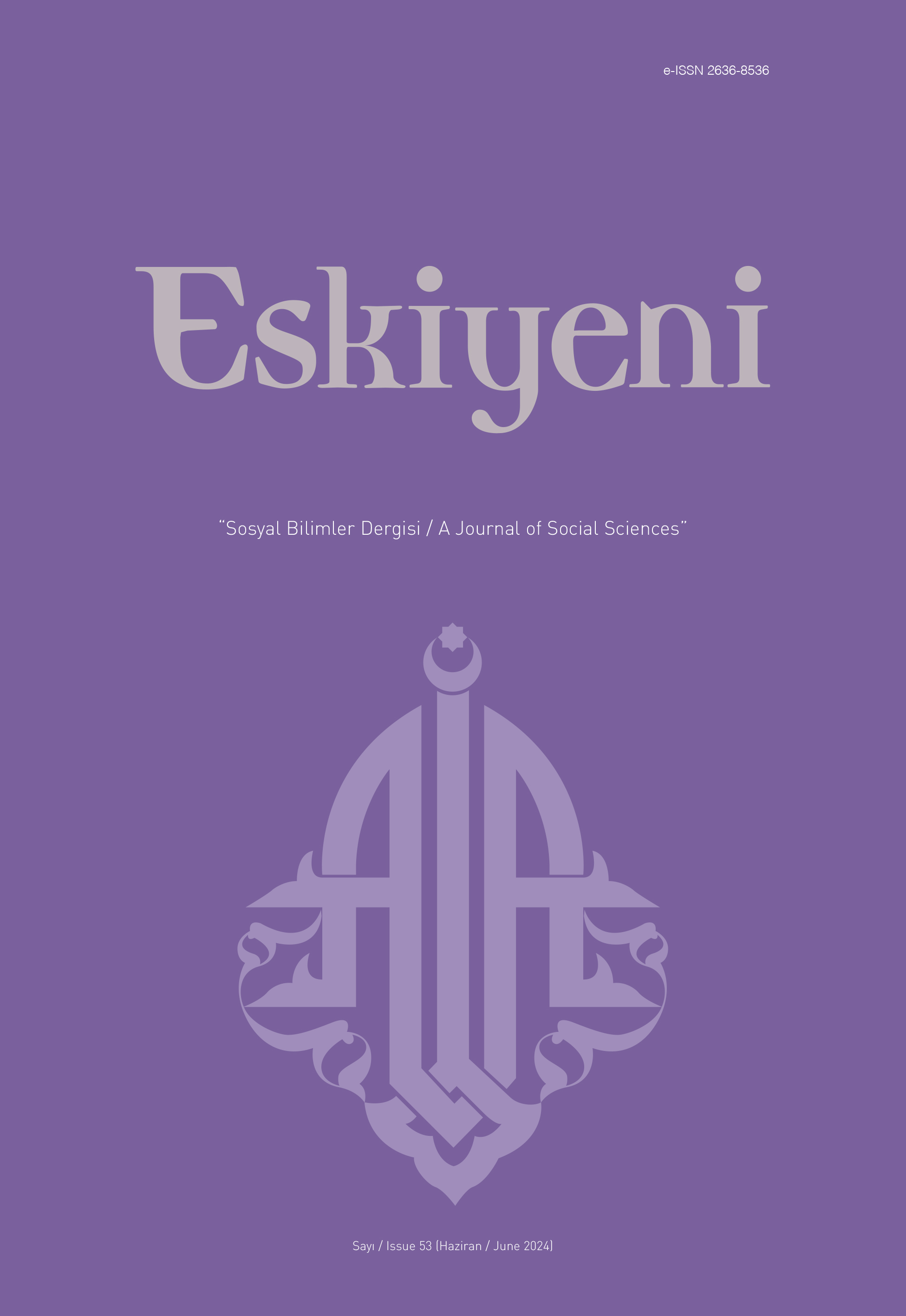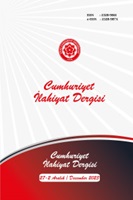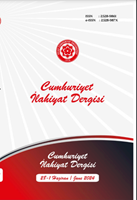Author(s): Hayati Aydin / Language(s): Turkish
Issue: 1/2024
In the article, it is pointed out that divine revelation does not ignore the ontological reality of man, but gives a message to people through his ontological reality. This situation has been tried to be proven by the dreams and difference between sharī’as in order to refute the ideas of orientalists such as Montgomery Watt, who tend to counter against this plain truth and adopt a negative standpoint towards the Qurʾān. In this manuscript , first, some examples were given to understand the subconscious, and then the cultural elements dominant in dream symbols were touched upon. Explanations and dream interpretations of Muslim scholars who examine the logical connection in the formation of symbols in dreams are also included. As understood from these interpretations, it has been manifested that the symbols common to humans are formed by the subconscious alphabet, which consists of the codes of a kind of culture, which Jung calls archetypes and Islamic scholars call the dress of mental patterns and meanings. Since religious values and expressions are the most dominant elements in Muslim culture, Muslim interpreters have generally tried to interpret dream symbols with words from the Qurʾān and hadith or expressions that evoke these symbols. In this context, the incident of Abraham (Ibrāhīm al-Khalīl) (PBUH) sacrificing his son Ishmael (Ismāʾīl), which has a greatly challenging in interpretation, is discussed and how it should be understood is emphasized. It has been stated that this is a dream symbolized by the influence of the dominant culture, and that it is aimed to correct the mistake in the environment in which children are sacrificed to the gods and to change the ritual in the same way that the order to slaughter baqar (cattle) to the te aims to eliminate the mistake of the culture they live in. Then, the relationship between sharīʿa and ontological reality was examined, and it was emphasized that religion is based on the common nature of all people and therefore religion is an unchanging phenomenon for all people, while sharīʿa is the collective subconscious where culture is dominant and therefore has a relationship with one aspect. In the Qurʾān, the basic principles of religion and the comprehensive sharīʿa laws on which the prophets agreed are expressed. In general terms, religion includes the commandments created by Allah for the beings that are pleasing to all creatures (based on the collective unchangeability of the nature of human beings), enjoining what is good and forbidding what is evil, halalizing clean things and forbidding harmful things. According to Muslim scholars, the main thing in all heavenly religions is to believe in Allah, His angels, His messengers, His books and the afterlife, and to commit acts that will make a person a Muslim if he does them. This faith naturally requires turning away from this world, turning towards the afterlife, acquiring good morals and avoiding bad morals. However, sharīʿa laws may differ from each other. Because sharīʿa varies based on the conditions and interests of the society in which the religion is revealed. In order to show that the collective subconscious is not ignored in the differentiation of sharīʿa, the thesis defended has been tried to be proven by giving examples from the Qurʾān. One of these is that some cultural elements and hatreds among Arab are taken as basis in the versesof the Qurʾān, and the other is the use of foreigner names as expressed by the Arab and in accordance with the unlettered understanding. In addition, on this subject, the prohibition of some halal foods for Jews and some differences in other sharīʿa’s areemphasized. Regarding the prohibition of halal foods, Jacob's (PBUH) warning not to eat the foods he likes if he recovers from a serious illness, and accordingly, he will not eat or drink camel meat and milk when he recovers. As a result of his children and his ummah also avoiding these foods, the example of them being made haram in the Torah was emphasized. It is emphasized that the reason for the differentiation of these sample sharīʿa’s is the result of the attitude towards something becoming collective. Regarding some differences in other sharīʿa, it is emphasized that although fasting was made obligatory for the previous ones, its quality is different. Likewise, it has been explained with examples that although prayer, zakāt and pilgrimage are present in all monotheistic religions, their quality varies. It has been stated that the lifestyles and therefore the collective subconscious of nations play a role in the differences in sharīʿa. As a matter of fact, the statement that those who follow the ProphetJesus made priesthood obligatory for themselves in order to obtain the consent of Allah, even though it was not commanded to them, and continued to do so, and that Allah respected this and paid their wages to those who were in the priesthood, reinforces this situation. As a result, it has been tried to reveal that religion and everything related to religion are based on the common nature of humanity, and that the elements that vary from sharīʿa to sharīʿa are, in a way, related to the collective nature of the societies.
More...
